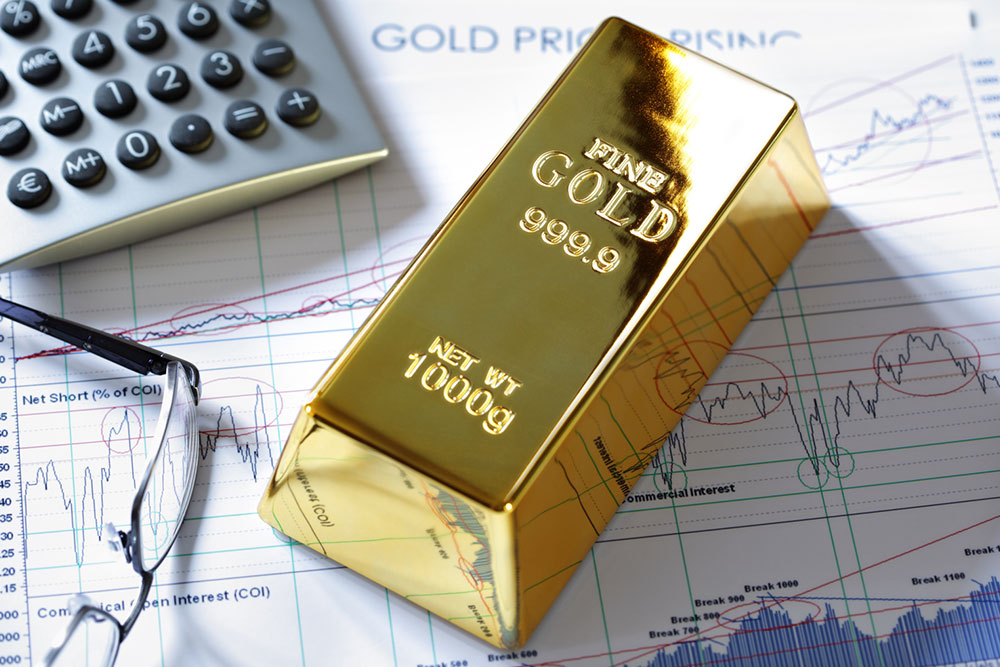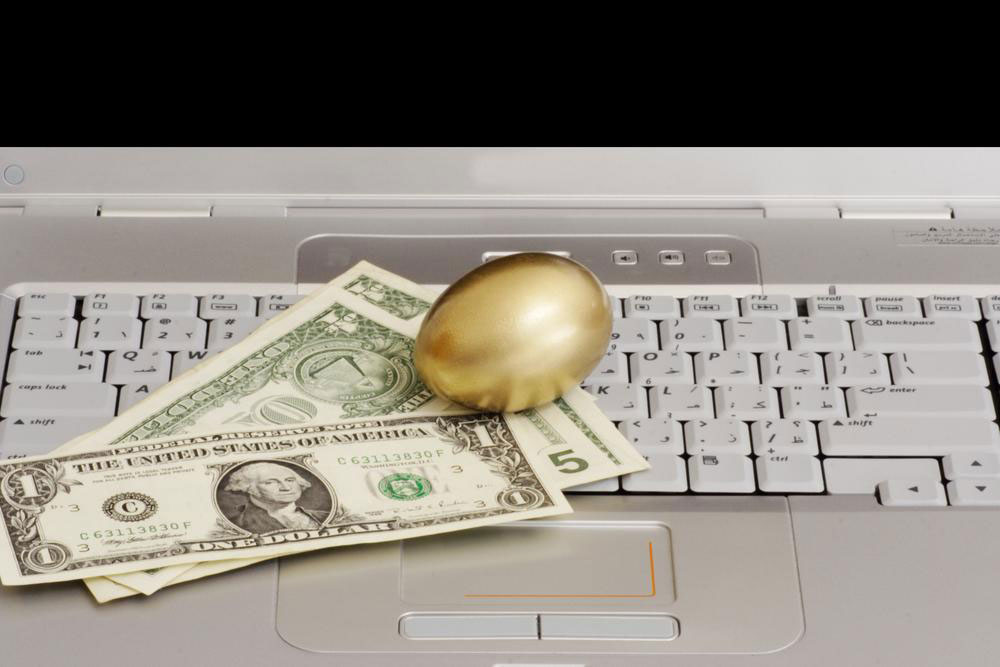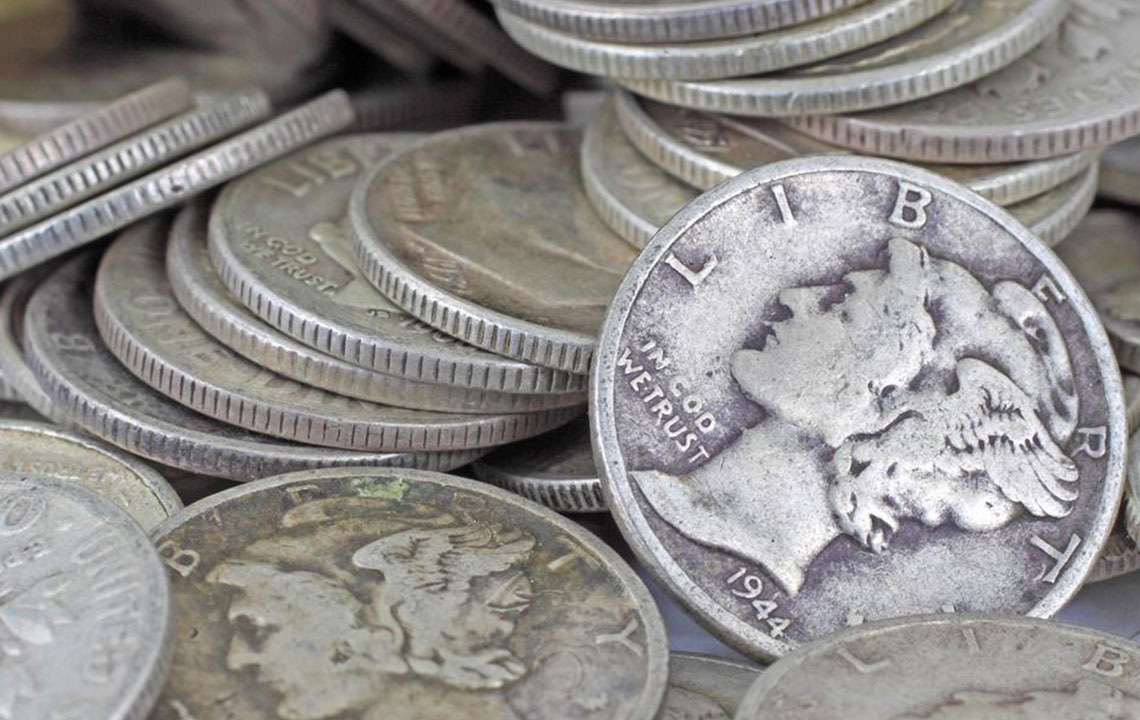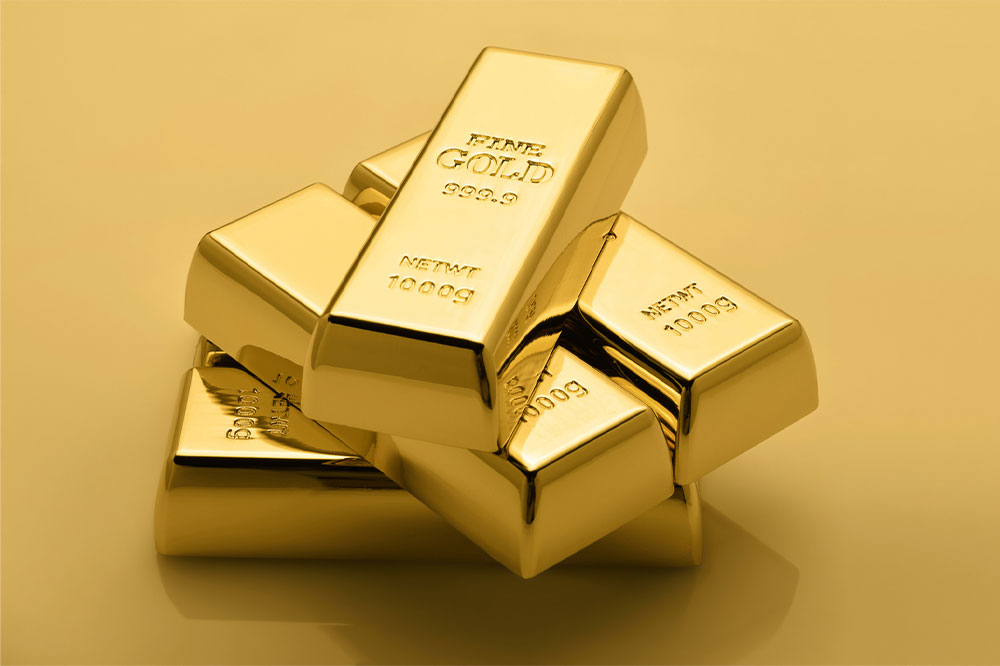An In-Depth Guide to Gold's Spot Price: What Investors Need to Know
Explore the essential aspects of gold's spot price, including how it fluctuates, what influences its value, and its significance for investors. Learn how to interpret real-time gold rates and make informed trading decisions in the global market. This comprehensive guide provides insights into the key factors that determine gold prices and how they impact investment strategies, making it an invaluable resource for traders and investors alike.

Comprehensive Insights into Gold's Spot Price and Its Impact on Investment
Gold has long been recognized as a symbol of wealth and stability, appreciated for its unique physical properties that make it resistant to corrosion, acids, and environmental damage. Its natural beauty and scarcity have made gold a highly sought-after commodity in numerous sectors, most notably in jewelry, industrial manufacturing, and financial markets. When it comes to trading and investing, understanding gold's spot price is critical because it directly influences buying, selling, and the valuation of gold assets.
Gold is traded and measured primarily in troy ounces and grams, providing a standardized way for traders and investors to quantify its value. The spot price of gold refers specifically to the current market price at which gold can be bought or sold for immediate delivery. This is a crucial metric in the precious metals market, serving as a benchmark for a wide range of transactions—be it for physical gold bars, coins, or gold derivatives.
The real-time fluctuation of gold's spot price is a complex phenomenon influenced by numerous factors. During active trading hours, the spot rate is in constant flux, responding to currency market trends, geopolitical events, macroeconomic data, and speculative activity. Investors and traders often monitor live gold prices online through financial news platforms, brokerage websites, or specialized trading apps to make timely decisions. Gold prices are predominantly quoted in U.S. dollars per troy ounce, although they can also be viewed in other units such as grams or kilograms, depending on the market and regional preferences.
Understanding the significance of the spot price is key to grasping gold's role in the global economy. For example, a rising spot price indicates increasing demand or a declining dollar value, while a falling price might signal market softness or strengthening of the dollar. The most widely regarded benchmark for gold spot prices is maintained by the COMEX exchange in New York, which provides a transparent and standardized pricing reference used by traders worldwide.
It’s important to note that the actual cost for investors may differ from the spot price due to dealer margins, premiums, and fees. When buying physical gold, the dealer's markup often results in a purchase price that exceeds the spot rate, while sellers might offer prices slightly below it to attract buyers. These buy-sell spreads fluctuate based on market liquidity, supply and demand, and transaction sizes.
In summary, understanding gold’s spot price is vital for anyone involved in the gold market, whether they are individual investors, institutional traders, or jewelers. It provides insights into current market conditions and helps in making informed decisions about when to buy or sell. As gold continues to serve as a safe-haven asset during times of economic uncertainty, mastering the nuances of its spot price can give investors a distinct advantage in navigating the complexities of precious metals trading.





